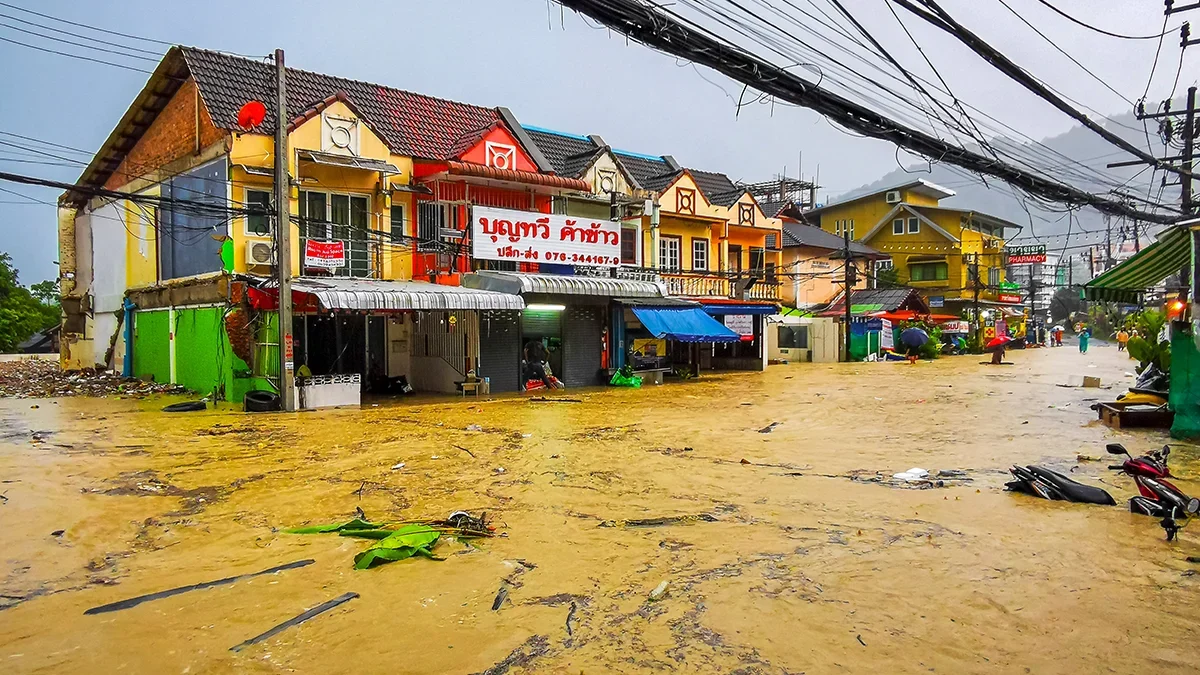(Re)in Summary
• Indonesia’s Financial Services Authority OJK will oversee one of the world’s largest increases in capital requirements—making it one of the most significant MCR events globally in recent years.
• Will they sufficiently disrupt Indonesia’s insurance sector to set it on the path to resilience and growth the country needs?
• To remain solvent and competitive in the market, Indonesia’s insurance players will need to do more than simply find more cash.
Indonesia’s financial regulator, Otoritas Jasa Keuangan (OJK), will be overseeing the implementation of two large increases to the required capital reserve holdings of every insurance company registered in the country over the next 44 months.
In enforcing Law Number 4 of 2023 – The Development and Strengthening of the Financial Sector, also known as the P2SK Law – the OJK will create the highest minimum capital reserve (MCR) environment in Asia.
Industry participants expect it to create a massive shake-up – and shake-out – in Indonesia’s insurance industry landscape, forcing players to take a hard look at their asset management strategy and what it means to bear risk in this fast-evolving market.

Justin Ward
Head of Capital Advisory, APAC at Guy CarpenterBoth foreign and domestic insurers of all sizes will see their MCR levels increase fourfold between 2026 and 2028. Traditional insurers will be required to raise their reserves from IDR100b to IDR250b (US$6.2m to roughly US$15.2m) by the end of 2026 and to IDR1t (US$62m) by the end of 2028.
MCR thresholds for reinsurers will be twice as high. This will place Indonesia’s MCR levels on par with Taiwan and nearly three times the thresholds of other mature insurance markets, such as Korea or Malaysia.
The enormous jump in capital reserve requirements in Indonesia “will be a significant global MCR event,” Justin Ward, Head of Capital Advisory for APAC at Guy Carpenter, tells (Re)in Asia at an event held by the reinsurance brokerage in Jakarta on February 20.
The government is seeking these increases to bolster the financial resilience of the insurance sector. The OJK believes that a robust insurance sector is a cornerstone of Indonesia’s efforts to deepen the country’s financial and economic self-reliance; it is concerned that its current limited capital capacity is impeding these goals.
While raising capital reserve requirements will certainly help lessen this perceived capacity gap, many industry participants believe that the OJK’s real objective to achieve its ends is to induce a “shock and awe” campaign that will trigger massive consolidation in Indonesia’s insurance sector.
An industry composed of fewer, healthier players will, in turn, support a national economic development plan: a massive increase in home ownership, public infrastructure and healthcare.
Industry observers note that Indonesia’s insurance sector is relatively under-penetrated and poorly distributed. Some two-thirds of all policies are issued in the greater Jakarta area, which only accounts for a third of the country’s GDP.
The insurance market is dominated by small domestic players that are largely subsidiaries of Indonesian conglomerates, and over two-thirds of the roughly 75 general insurers in the country have less than a single percentage point of market share.
The regulator itself makes no secret that, by raising the capital requirement bar so high, it aims to force players to evaluate their strategic objectives. The use of a big MCR sledgehammer is seen as having a more effective and immediate impact.
The OJK is taking on a lot of risk itself in its “shock and awe” campaign. Guy Carpenter estimates that a third of the market does not have sufficient equity to meet the 2026 threshold, and over 60% cannot make the 2028 threshold at present levels of capitalisation.
Foreign players may not be willing to park additional capital into the market simply to maintain a presence, and conglomerates may decide it is simply easier to turn their insurance business into an internal captive service division.
“Our business is relatively niche, focused on serving local branches of corporates from our home market,” says the head of an Asian insurer’s Indonesian operations. “We would really need to think hard about making the capitalisation leap.”
This caution is common, according to Ward. He notes that finding the capital may be straightforward for the many domestic insurers owned by diversified conglomerates, but “it seems unlikely that there will be a strong appetite for foreign direct investment (FDI) due to the current industry returns and regulatory setting.”
Many multinationals are thus likely to wait out the initial post-threshold consolidation and then cherry-pick the business they want, and the risk that they want in their portfolio.
Justin Ward
Head of Capital Advisory, APAC at Guy CarpenterThe right blunt instrument?
A policy aimed at creating resilience in a sector that Indonesia feels is vital to its national economic self-reliance could instead hollow out a domestic industry just finding its legs and saddle its players with a capital management regulatory framework that is not only onerous but considered outmoded.
MCR is considered a comparatively outdated and less sophisticated approach than risk-based capital (RBC). It is a blunt policy instrument – one not calibrated to the actual underlying risk represented by a company’s policy portfolio.
At a time when most of the rest of Asia and most mature insurance markets globally have adopted modern and dynamic RBC approaches, Indonesia’s approach to regulation – both in its speed and scale – seems to be an extremely large step backward. Moreover, the extremely sizable requirements will take a lot of active capital off the table.
A move to RBC lets firms align their asset management more closely to the precise lines of business insurance companies are underwriting. Ward explains: “RBC enables a firm’s capital intensity to be responsive to the insurance risk that it underwrites, whether in long-tail liability lines or short-tail property lines. It takes into account the firm’s asset management strategy and operational risk.”
However, even if Indonesia fast-forwarded to an RBC regime in which firms linked their operational risk to their asset management philosophy, the results might not look much different, given the composition of Indonesia’s policy portfolio today.
Private healthcare and health insurance are the fastest-growing sectors in the country, and these policies are the riskiest high-loss component of any insurer’s portfolio. This implies that the average Indonesian insurer’s health-weighted policy portfolio would probably require a similarly high capital holding, even with an RBC-based approach.
At a minimum, a strategic rethink required
Whether or not Indonesia’s new capital thresholds create the tectonic industry rejuvenation the OJK is seeking, the next few years will require a significant amount of soul-searching for all of its players.
As Ward explains, “Indonesian firms are considering important questions in evaluating their presence in Indonesia today. Questions like: ‘Are they operating in the country because they have captive business and distribution channels as part of a larger conglomerate? Or because they are a distribution partner for a larger insurer?’ Indonesian firms are approaching a significant moment in their business strategy.”
OJK’s new MCR regulations will force insurers that stay in the game to be “in it to win it”: focused and strategic in their market objectives. A significant examination of their operational practices, including capital management strategies and optimising re-insurance positions, could help players minimise their required capital outlay. More needs to be done to strengthen underwriting practices.














